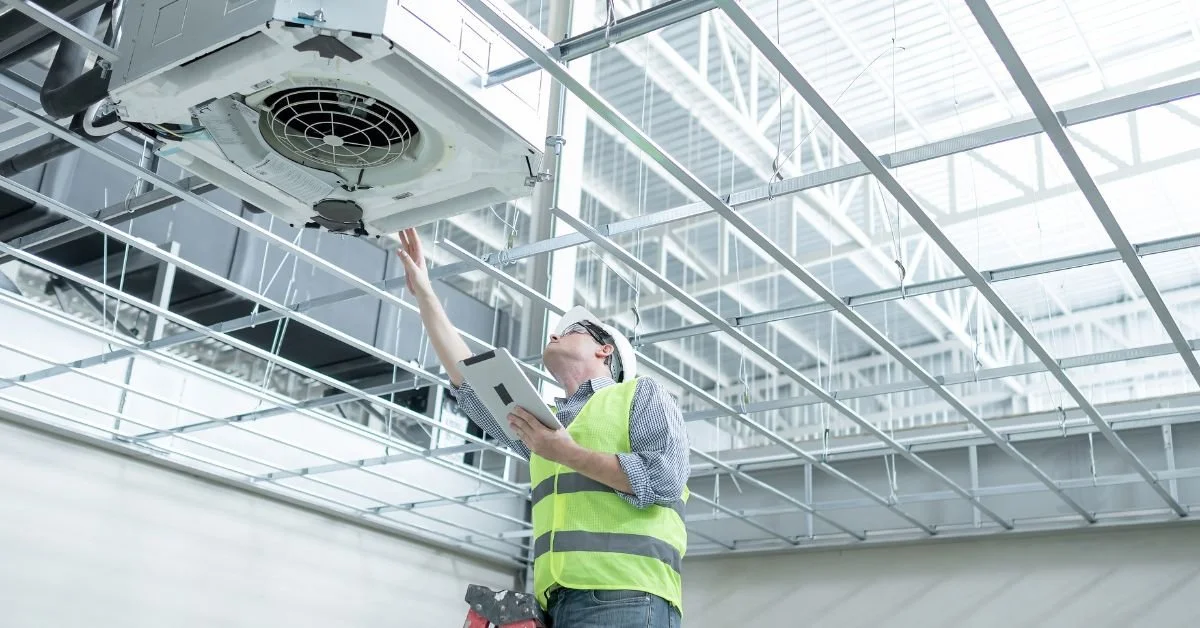Asbestos in Older Homes: A Homebuyer's Guide to Potential Risks
Purchasing a home, especially an older property, comes with its own set of challenges and considerations. Among these is the potential presence of asbestos, a material commonly used in home construction up until the late 20th century due to its fire-resistant properties. However, it has since been discovered that asbestos can pose serious health risks, including respiratory issues and even cancer upon prolonged exposure. This guide aims to equip homebuyers with crucial information on identifying potential asbestos risks in older homes, understanding its implications, and navigating the steps to take if asbestos is detected. Armed with this knowledge, buyers can make informed decisions and ensure a safe living environment.
Detecting Asbestos in Your Potential Home
Identifying the presence of asbestos in older homes requires a keen eye and sometimes professional assistance. Before proceeding, it is crucial to learn more about the warning signs of asbestos, which include outdated insulation materials, old floor tiles, and popcorn ceilings, to avoid potential health hazards. Common areas where asbestos might be found include old insulation materials, ceiling and floor tiles, roof shingles, and around pipes. Due to the health risks associated with disturbing asbestos-containing materials, it's not advisable for homebuyers to conduct physical tests themselves. Instead, if you suspect a home may contain asbestos, hiring a certified asbestos inspector becomes a crucial step. These professionals are equipped with the necessary tools and expertise to safely take samples and determine the presence of asbestos. Awareness and professional evaluation help in mitigating the risks and assure safety before proceeding with any home purchase or renovation activities.
The Health Impacts of Asbestos Exposure
Prolonged exposure to asbestos fibers can lead to serious health conditions, including asbestosis, mesothelioma, and other forms of lung cancer. These conditions often develop many years after exposure, making it crucial for homebuyers to understand the long-term implications. The microscopic fibers of asbestos can become airborne when materials that contain asbestos are disturbed. Once inhaled, these fibers can become lodged in the lungs, leading to inflammation, scarring, and eventually, severe health problems. This underscores the importance of identifying and properly managing asbestos in older homes to protect one's health.
Professional Removal vs. DIY: Handling Asbestos
Upon confirmation of asbestos presence in a home, the next step is deciding how to manage it. While some might consider DIY methods to save costs, professional removal of asbestos is strongly recommended. This is because professionals have the right equipment, training, and certifications to ensure the safe removal and disposal of asbestos-containing materials. DIY attempts can inadvertently increase the risk of exposure and contamination, not just for the individual but also for the surrounding community. It’s important for homeowners to understand the risks and rely on professional services to handle asbestos safely.
Legal and Safety Regulations for Asbestos
It's essential for homebuyers and homeowners to be aware of the legal and safety regulations surrounding asbestos. Many countries have strict guidelines and laws to ensure the proper handling, removal, and disposal of asbestos to protect public health. These regulations often require that asbestos removal be performed by licensed professionals and may also dictate how and where asbestos materials can be disposed of. Being informed about these regulations can help homeowners comply with legal requirements and avoid potential fines or legal issues while ensuring safety.
Preventive Measures for Asbestos in Homes
For homes where asbestos is present but not posing an immediate risk (i.e., the material is intact and undisturbed), certain preventive measures can be taken to minimize exposure risks. This includes regular inspections, sealing or encapsulating asbestos-containing materials, and monitoring the condition of these materials to prevent deterioration. Homeowners should have a clear plan for the ongoing management of asbestos, including immediate actions to take if materials become damaged or disturbed.
Financial Considerations and Support
Dealing with asbestos can come with significant financial implications, from inspection and testing to professional removal and ongoing management. Homebuyers should factor these potential costs into their overall budget when considering the purchase of an older home. Fortunately, there may be financial assistance or support available through local government programs, grants, or insurance policies that can help mitigate these expenses. It’s beneficial for buyers to research and explore these options early in the process to better prepare for the financial aspects of dealing with asbestos in older homes.
Navigating the complexities of asbestos in older homes is a crucial aspect of ensuring health and safety for homebuyers. By understanding how to detect asbestos, recognizing its health impacts, and knowing when to seek professional help for its removal, individuals can make informed decisions that protect their well-being and financial interests. Legal and safety regulations provide a framework for managing asbestos responsibly, while preventive measures can further mitigate risks. Armed with the right information and support, homebuyers can confidently address the challenges posed by asbestos in older homes and secure a safe living environment for themselves and their families.







